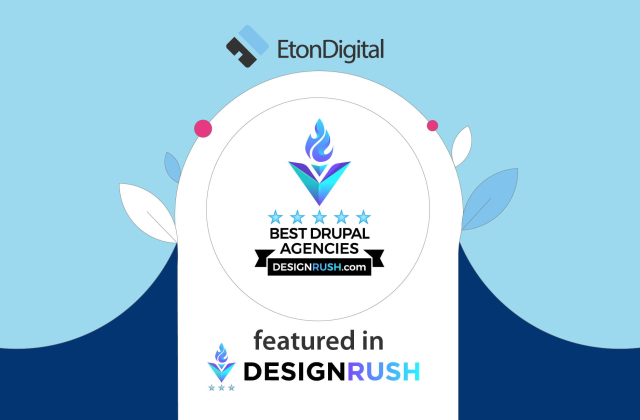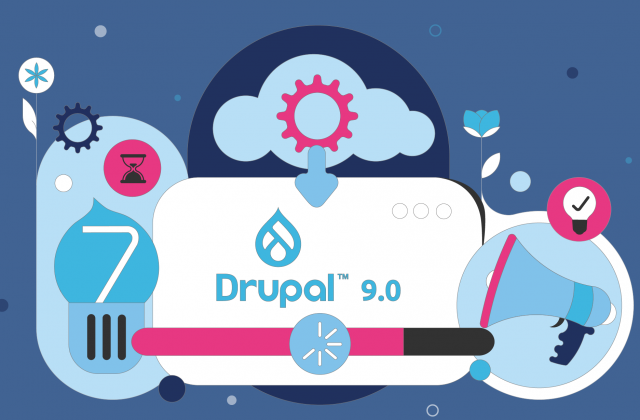How to get the most out of your individual and company online social capital? Here’s a few of the highlights.
Online Social Capital Defined
Online social capital is the value of your relationships. Creating online communities and social networks allows you to build and invest in your social capital. The more targeted your social media plan is, the better your results and more visible the ROI. You need to understand how to measure your social capital and grow it for organizational viability for the long term. Creating and cultivating your community builds relationships between you and your customers and constituents and it has all sorts of benefits.
How is it Measured?
Measuring your online social capital comes down to quantifying activity metrics, survey metrics, ROI measurements (marketing/sales, customer support, product development, HR, etc.), individual metrics for your community members, and independent internet tracking measurements.
The Role of Web 2.0
How does that translate into your online systems platform? That’s where Web 2.0 comes in. Supporting social networking in the organization means more than simply bringing in-house functionality from (public) social networking tools like Facebook and Twitter. Instead, social networking functionality should be integrated not only with existing information systems, but also with the particular needs of the organization to enable people to grow informal networks which exist alongside formal structures, and fully exploit the wealth of information and expertise circulating in and around the organization. The foundation of this infrastructure is called a “Hub” Web site which integrates social networking components to allow the flow of information in and out of your larger community.
The Criticality of An Integrated Web Platform
Web 2.0 is based on the concept of using the Web as a platform and therefore benefits from the collective intelligence of the technology community to further its development. Using a Web 2.0 platform such as Drupal or Symfony, can eliminate the need for organizations to continually invest in their systems platforms like they have in the past. Since this is the trend that will ultimately become the norm, it also opens the door to integrate APIs and widgets from other Web 2.0 applications (Salesforce.com, Facebook, WordPress, etc.) so that you are focusing more time on retrofitting the solution to your specific needs and less time on actual development. In the end, an investment now will position your organization for rapid development, lower development costs, and ultimately greater ability to build community, relationships and your social capital.



